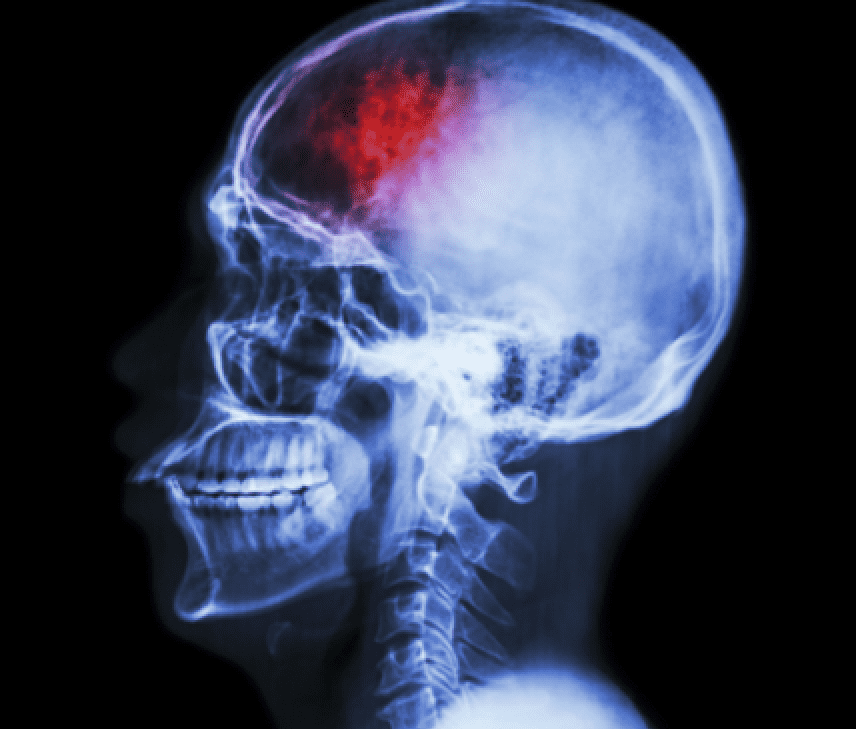Stem cell therapy improves motor impairment and is safe and well tolerated in patients with Traumatic Brain Injury (TBI), results from a phase 2 trial indicate.
“We proved for the first time that we can affect outcomes in moderately to severely disabled patients with TBI using stem cells,” study investigator Peter McAllister, MD, co-founder and medical director of the New England Center for Neurology and Headache, Stamford, Connecticut.
I think the potential of regenerative medicine was always out there, but we are now getting to the point where we’re living up to that potential,” said McAllister, who is also an associate professor of neurology at Yale University School of Medicine in New Haven.
The findings were presented at the American Academy of Neurology (AAN) 2022 Annual Meeting.
No Effective Treatment To-Date
TBI can lead to motor deficits and chronic disability and currently there are no effective drugs to treat these deficits.
Researchers are increasingly focused on using somatic stem cells to restore lost function. Stem cells can differentiate or proliferate into different types of cells and are thought to promote repair and regeneration of tissues or organs damaged due to illness or injury.
The study included 61 patients with TBI with an average age of 34 years (70% male and 69% White). The mean time from injury was about 8 years and Glasgow outcome scale Extended (GOS-E) ranged from 3-6.
A total of 46 participants were randomly assigned to receive the stem cell therapy and 15 a sham procedure. In the treatment group, there were three different doses of cells (2.5 x 106, 5 x 106, 10 x 106).
The treatment involved an investigational regenerative cell medicine comprised of bone marrow-derived mesenchymal stem cells (SB623). The autologous cells came from a male donor.
For the 20-minute procedure, a neurosurgeon drilled a tiny hole in the skull and, guided by MRI, injected the stem cells into the area of the lesion.
Patients receiving a surgical sham procedure were brought to the operating room, anesthetized, and had a hole drilled into their head over the area of their lesion. However, the surgeon only went halfway through the skull bone.
Participants were instructed to do specific physiotherapy exercises at home every morning and afternoon for the first 6 months of the study.
The primary efficacy endpoint was change in the Fugl-Meyer Motor Scale score (FMMS). This scale is widely used for clinical assessment of motor function, including range of motion, walking, lower limb movement, and dexterity.
At 24 weeks, the change in FMMS score for SB623-treated patients (least square [LS] mean increase 8.3) compared with controls (LS increase 2.3) was significant (P = .04).





Leave feedback about this